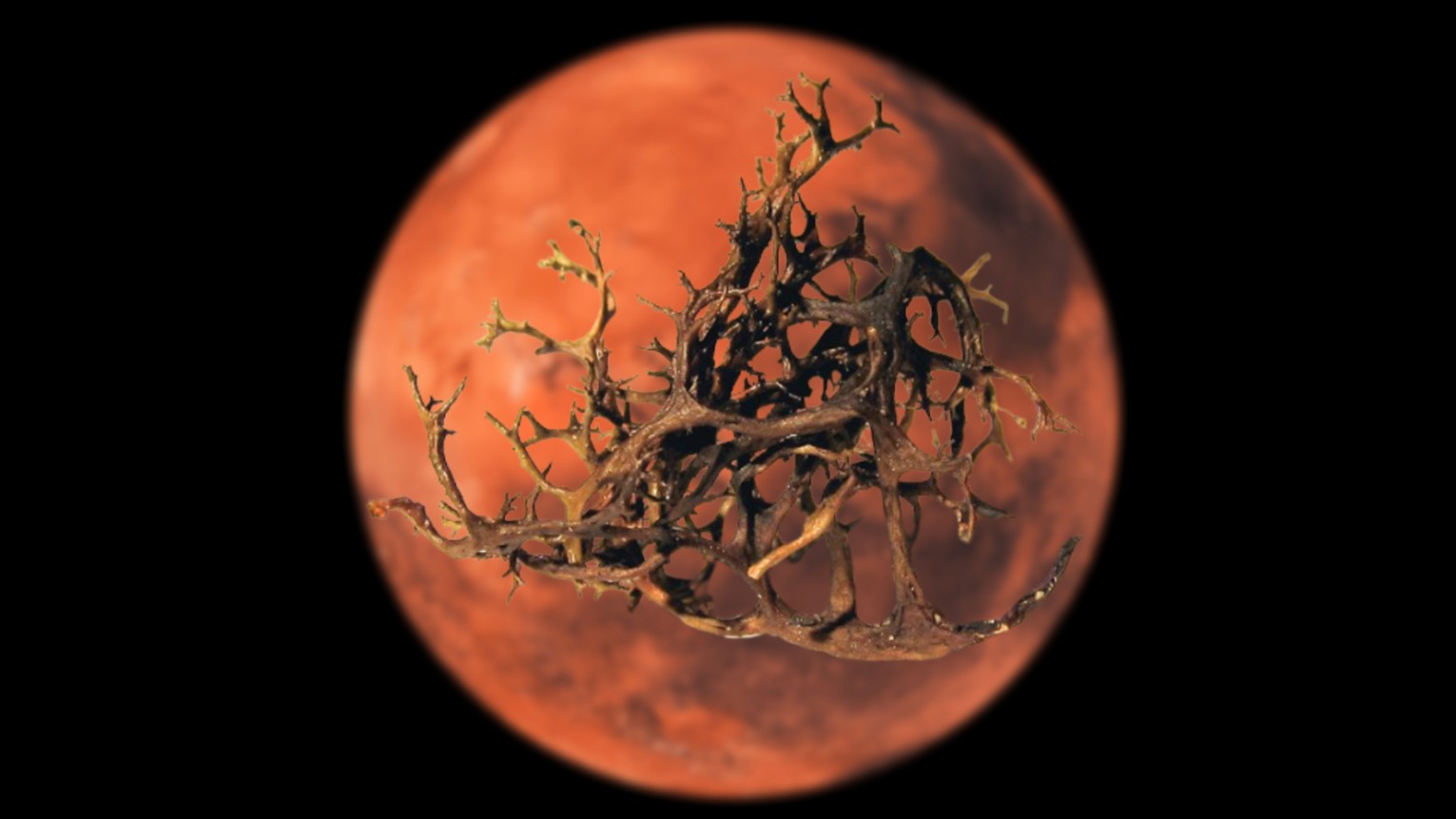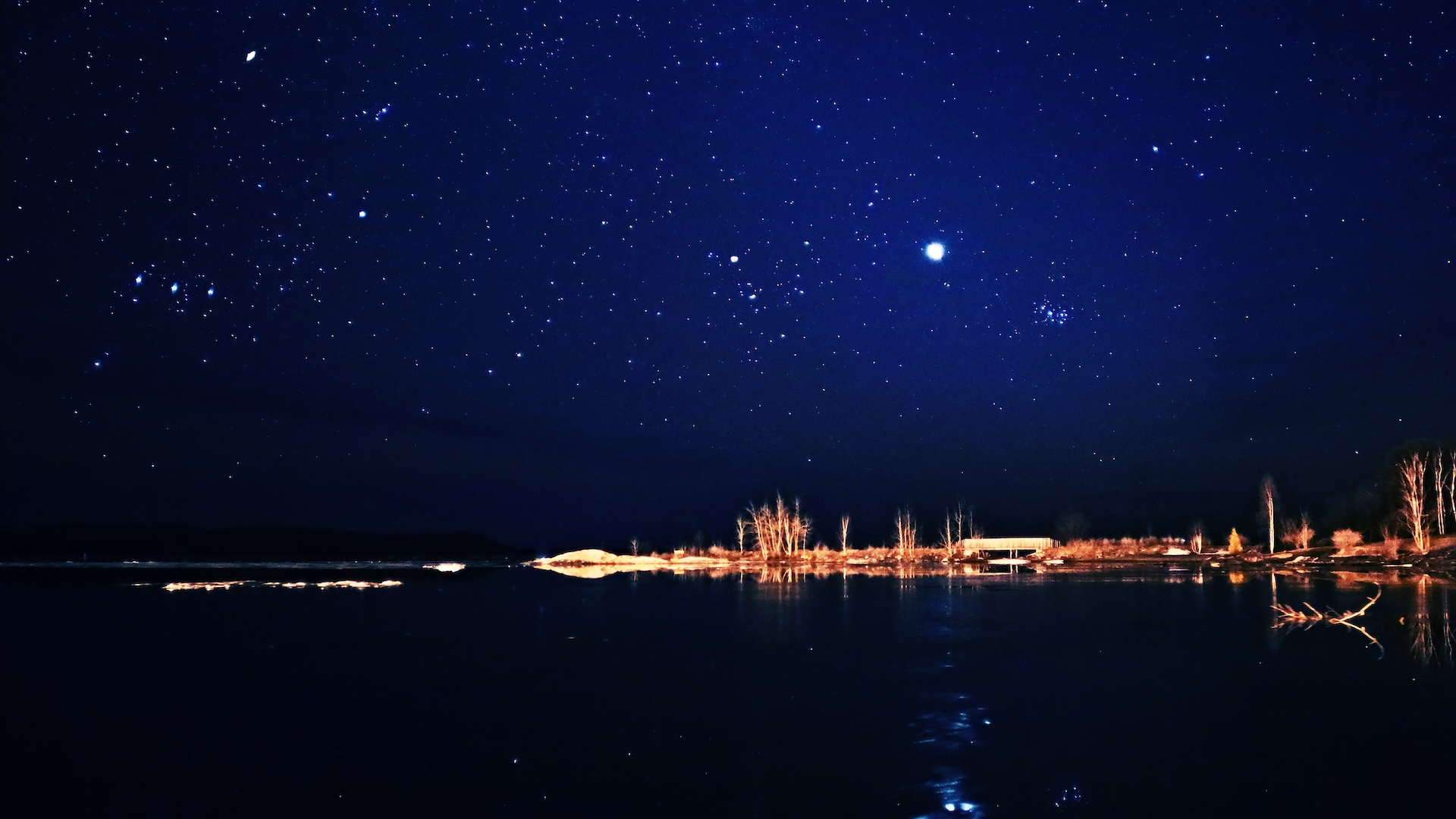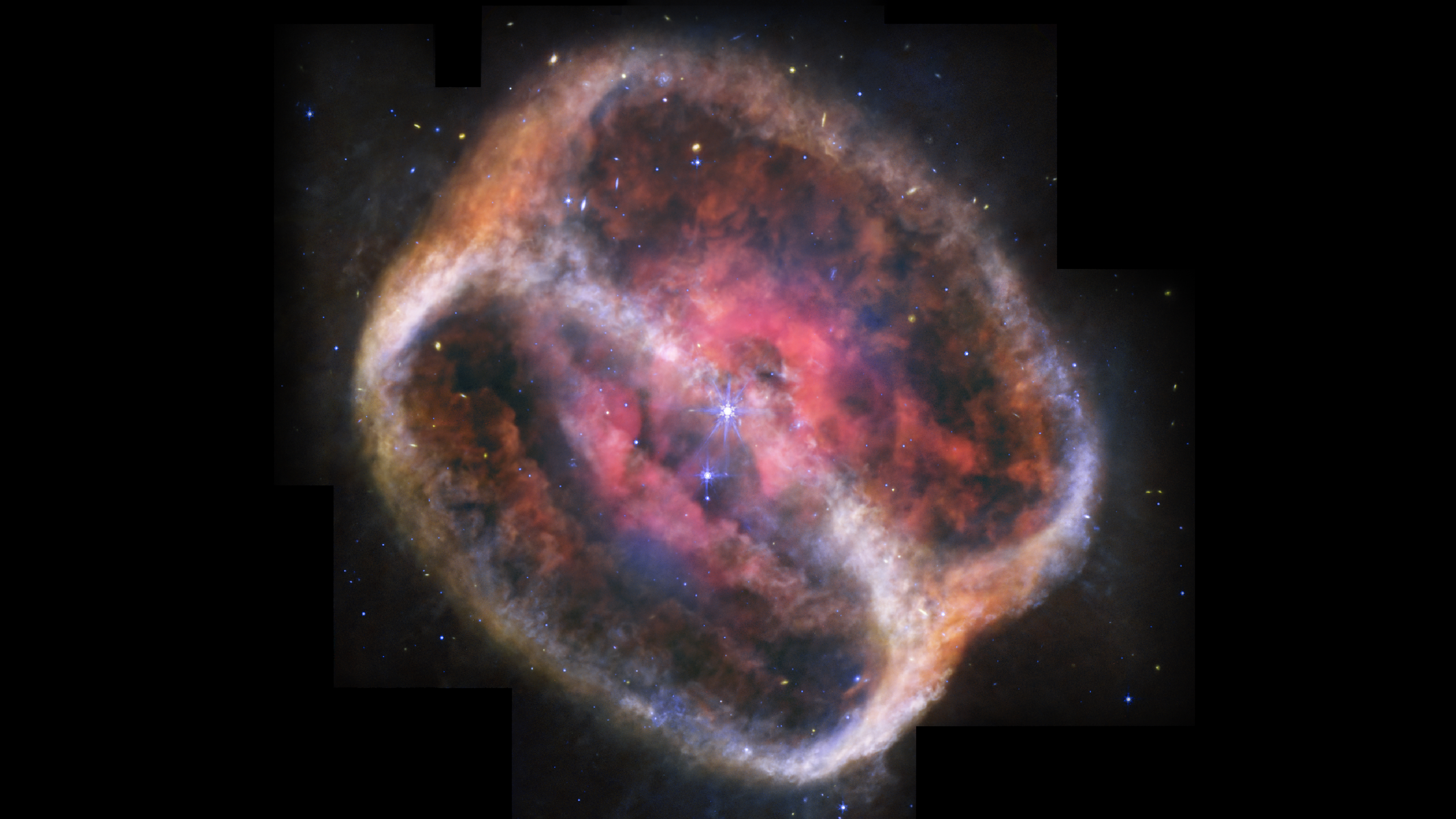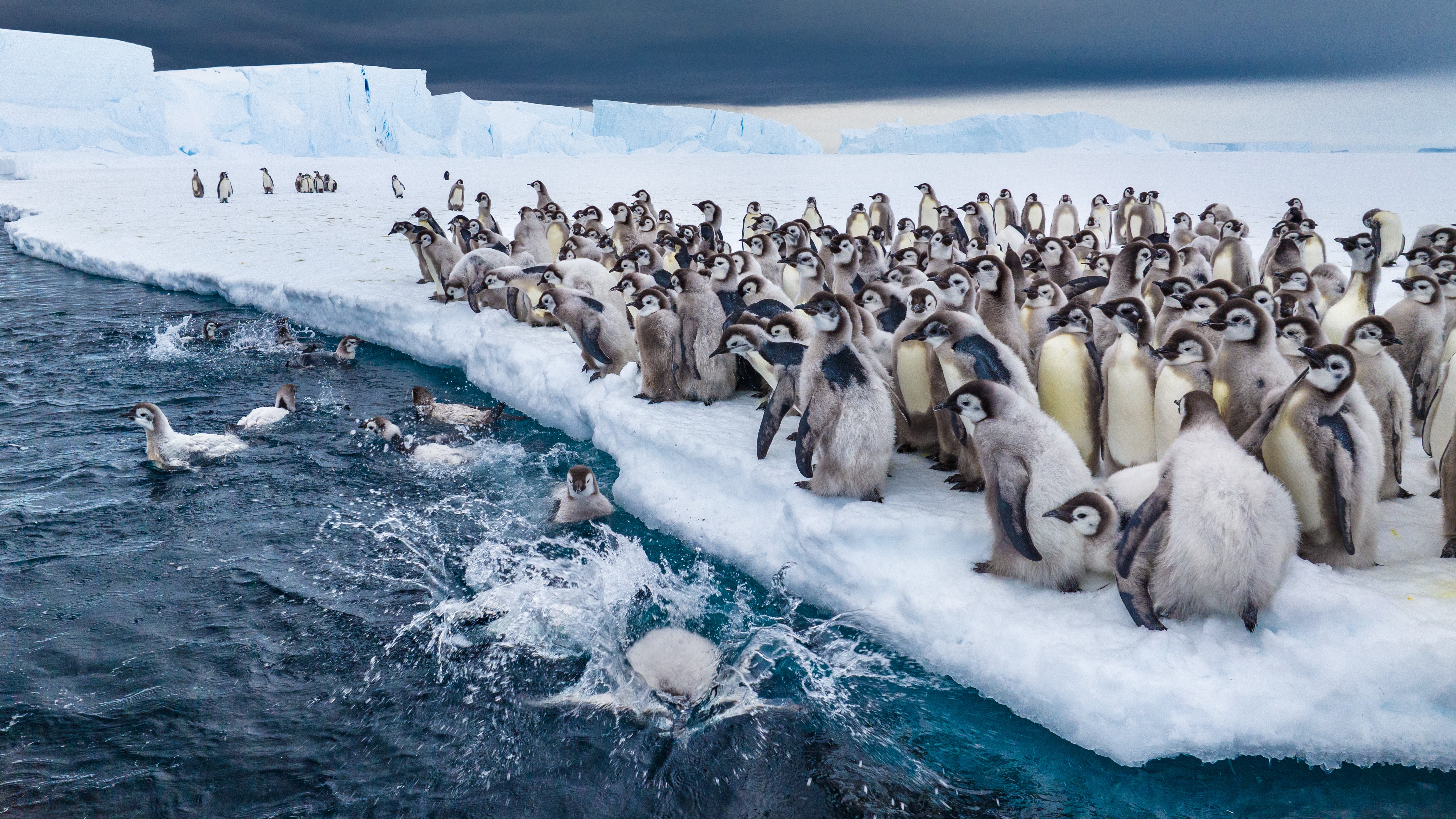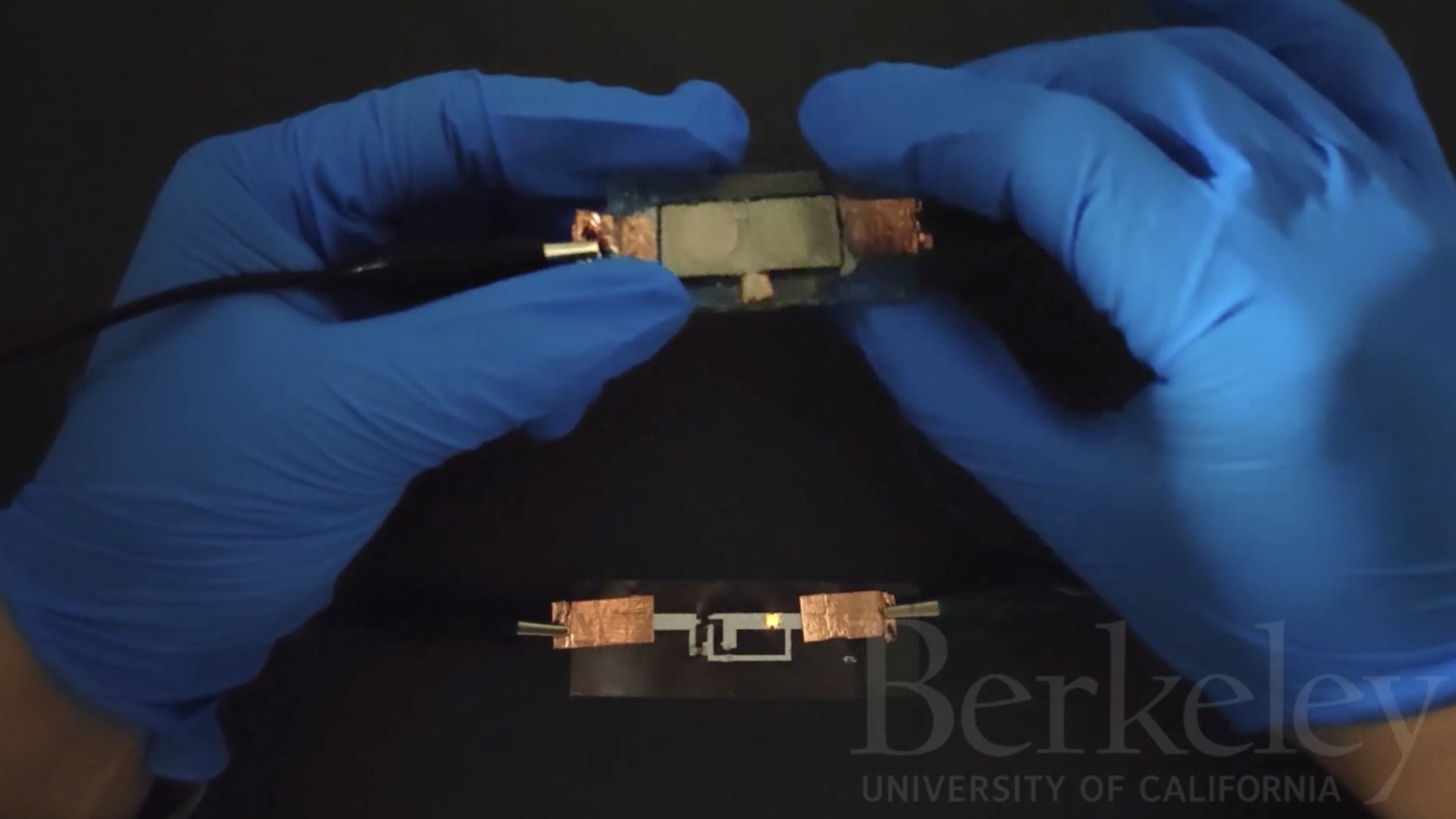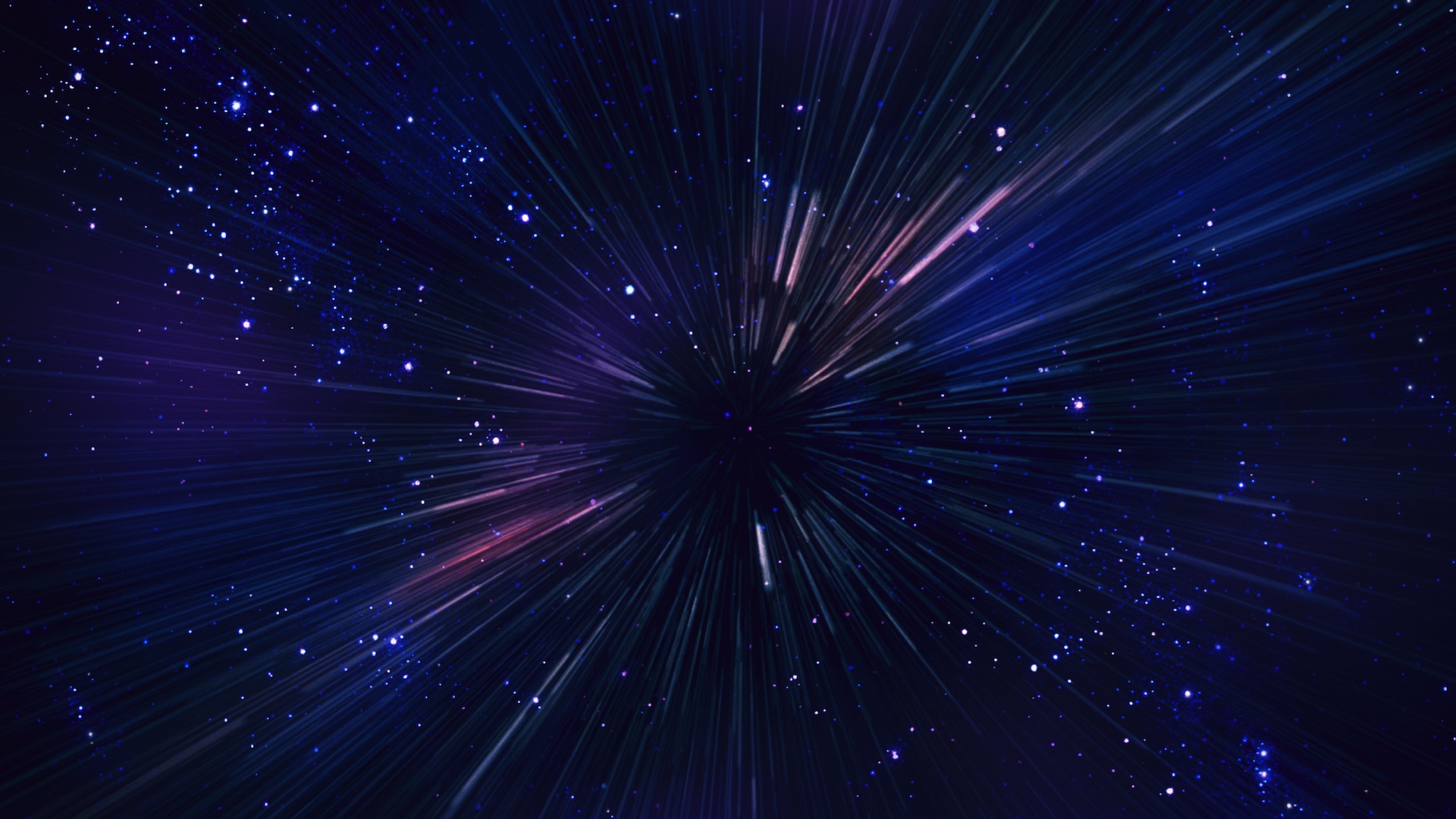Something 'kicked' this hypervelocity star racing through the Milky Way at 1.3 million miles per hour
A low-mass star has been discovered racing through the Milky Way at over a million miles per hour, a journey that began with either the supernova explosion of a vampire star or an encounter with black holes.
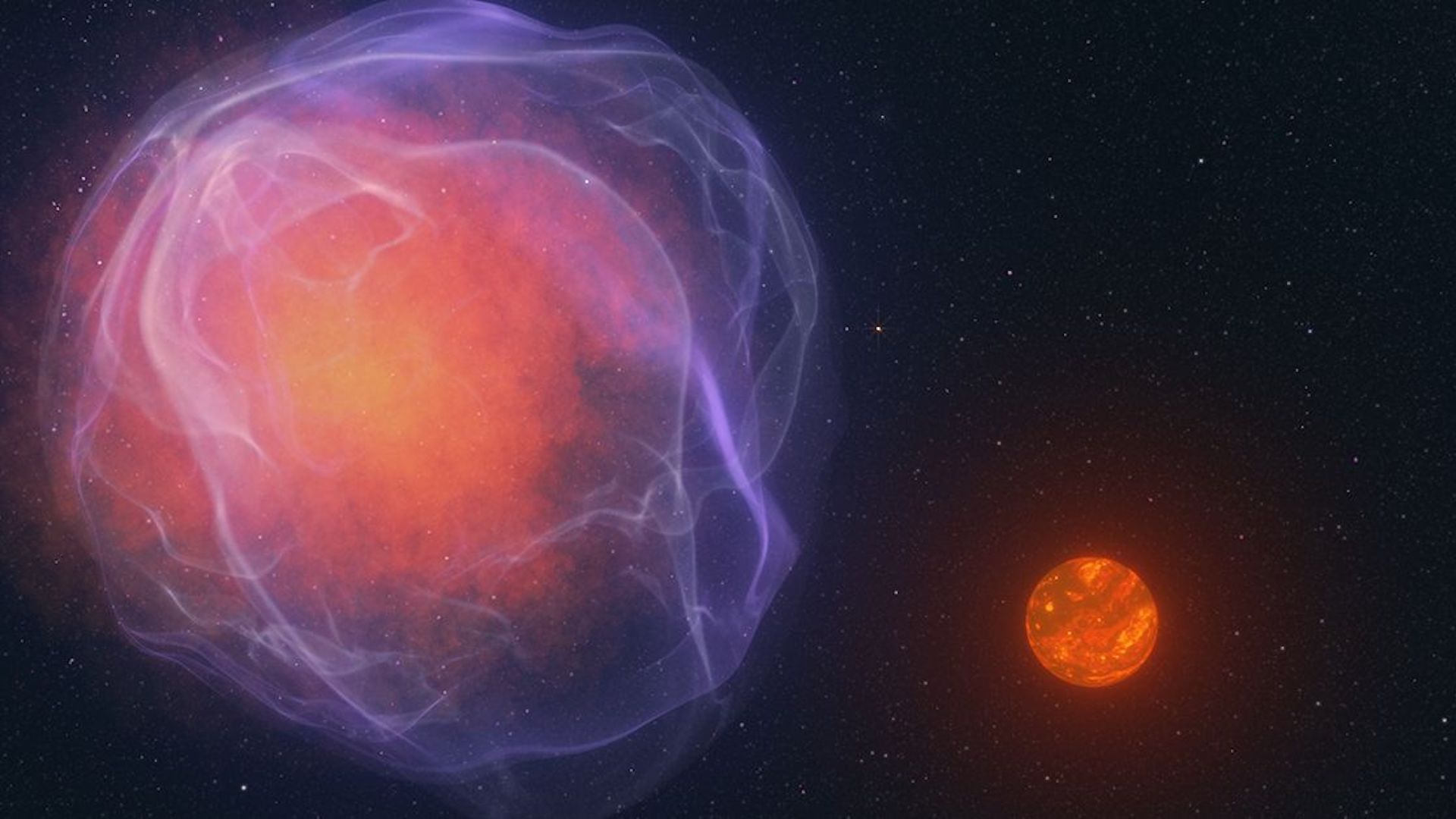
If you were attacked by a ravenous vampire star or were at risk of falling into two dueling black holes, you'd probably run, too!
One of these terrifying scenarios is likely responsible for sending a low-mass star on the run through the Milky Way at a staggering million miles per hour (1.6 million kilometers per hour). That's about 1,500 times faster than the speed of sound.
The star is designated CWISE J124909+362116.0 (J1249+36) and was first detected by citizen science volunteers with the Backyard Worlds: Planet 9 project, who are exploring the vast amount of data collected by NASA's Wide-field Infrared Survey Explorer (WISE) mission over the course of almost a decade and a half. J1249+36 immediately stood out because of its immense velocity of specifically 1.3 million mph (2.1 million kph), which is almost three times as fast as the speed of the sun in its orbit around the heart of the Milky Way. The speed of this "hypervelocity" star is so great, in fact, that it is likely to escape our galaxy altogether.
Related: 'Vampire' stars that bleed their companions dry may have a hidden accomplice, new study reveals
To crack the secrets of this hypervelocity star, University of California, San Diego Professor of Astronomy and Astrophysics Adam Burgasser turned to the W.M. Keck Observatory in Maunakea, Hawaii, aiming to observe its infrared spectrum.
This investigation revealed that the star belongs to a class of the oldest stars in the Milky Way: L subdwarfs. These stars are very rare and remarkable because of their highly low masses and relatively cool temperatures.
The team's spectral data was combined with a new set of atmospheric models created specifically to study L subdwarfs. This revealed J1249+36's position and velocity through the Milky Way. "This is where the source became very interesting," Burgasser said in a statement. "Its speed and trajectory showed that it was moving fast enough to potentially escape the Milky Way."
Sign up for the Live Science daily newsletter now
Get the world’s most fascinating discoveries delivered straight to your inbox.
The question is, what launched this subdwarf star on its rapid escape trajectory? Well, that brings us to our two suspects.
Is this star running from a white dwarf vampire?
In the first scenario used to explain the hypervelocity nature of J1249+36, Burgasser and colleagues hypothesized that the low-mass star was once the stellar companion of a type of a "dead" star called a white dwarf.
White dwarfs are born when smaller stars like the sun exhaust the hydrogen supply in their cores. When that happens, a star's nuclear fusion ceases. This cuts off the outward flow of energy that supports the star against the inward pressure of its own gravity. While this ends the lives of lonely, isolated stars like the sun, however, white dwarfs in binary systems can return from the grave by cannibalistically feeding on stellar material stripped from a nearby "donor" star.
This material piles up on the white dwarf until that stellar remnant's mass exceeds the Chandrasekhar limit of around 1.4 times the mass of the sun, above which a star can go supernova. This results in a type of cosmic explosion called a "Type Ia supernova" that completely obliterates the white dwarf.

"In this kind of supernova, the white dwarf is completely destroyed, so its companion is released and flies off at whatever orbital speed it was originally moving, plus a little bit of a kick from the supernova explosion as well," Burgasser explained. "Our calculations show this scenario works. However, the white dwarf isn’t there anymore, and the remnants of the explosion, which likely happened several million years ago, have already dissipated, so we don’t have definitive proof that this is its origin."
Could twin black holes have something to do with it?
The second scenario considered by the team sees this hypervelocity star begin life in a globular cluster, a dense and compact conglomeration of stars bound together by gravity. These spherical clusters can contain anywhere from tens of thousands to many millions of stars.
The stars are concentrated toward the center of globular clusters, where scientists theorize that black holes of varying masses also lurk. These black holes can come together and form binaries that are adept at launching any stars that venture too close to them out of their home systems.
"When a star encounters a black hole binary, the complex dynamics of this three-body interaction can toss that star right out of the globular cluster," Kyle Kremer, an incoming Assistant Professor in UC San Diego's Department of Astronomy and Astrophysics, said.

Simulations generated by Kremer revealed that, on rare occasions, these kinds of interactions can kick a low-mass subdwarf out of a globular cluster and put them on trajectories similar to what's observed with J1249+36.
The team also traced the trajectory of this hypervelocity star back to an extremely crowded region of space, which could indeed be the location of a currently undiscovered globular cluster — or, perhaps. more than one.
The team will now look at the elemental composition of J1249+36 in an attempt to determine which of these ejection scenarios is the correct one. Composition could be a possible indication of origin because when white dwarfs "go nova," they pollute the stars they kick away. In addition to this, stars born in globular clusters have distinct chemical compositions.
Whatever the origins of this star are, its discovery offers scientists the unique opportunity to investigate hypervelocity stars as a whole. And it's all very cool.
Burgasser presented the team's results at a press conference on Monday (June 10) during the 244th national meeting of the American Astronomical Society (AAS) in Madison, Wisconsin.
Originally posted on Space.com.
Robert Lea is a science journalist in the U.K. who specializes in science, space, physics, astronomy, astrophysics, cosmology, quantum mechanics and technology. Rob's articles have been published in Physics World, New Scientist, Astronomy Magazine, All About Space and ZME Science. He also writes about science communication for Elsevier and the European Journal of Physics. Rob holds a bachelor of science degree in physics and astronomy from the U.K.’s Open University


